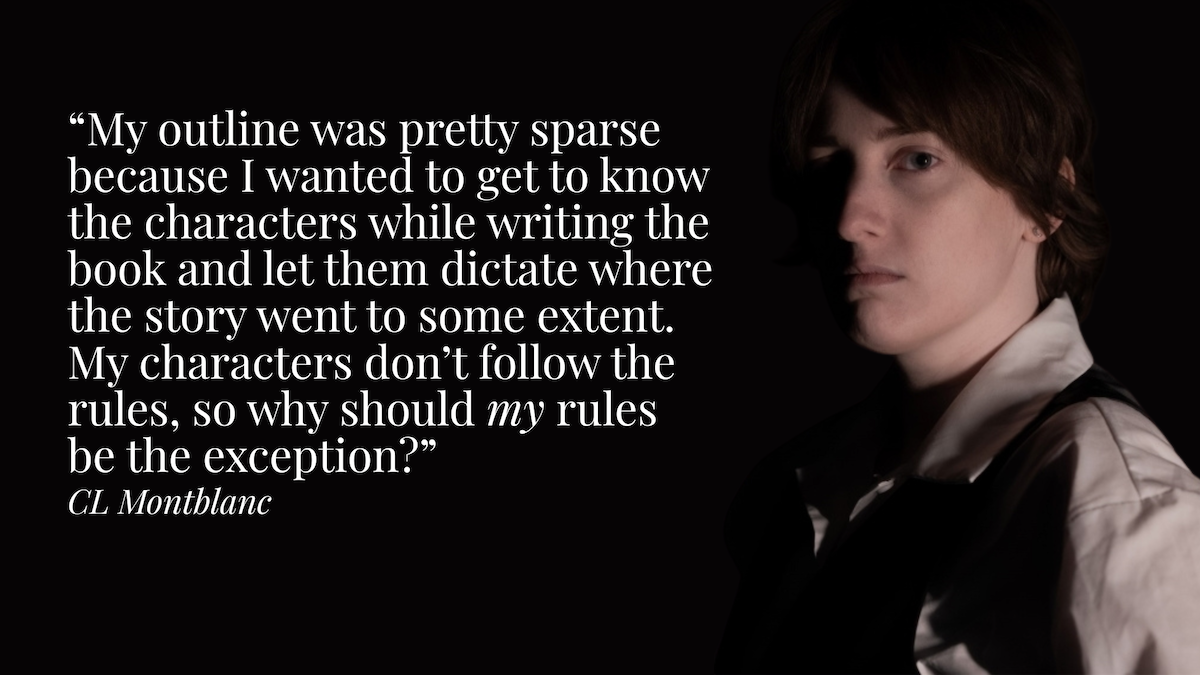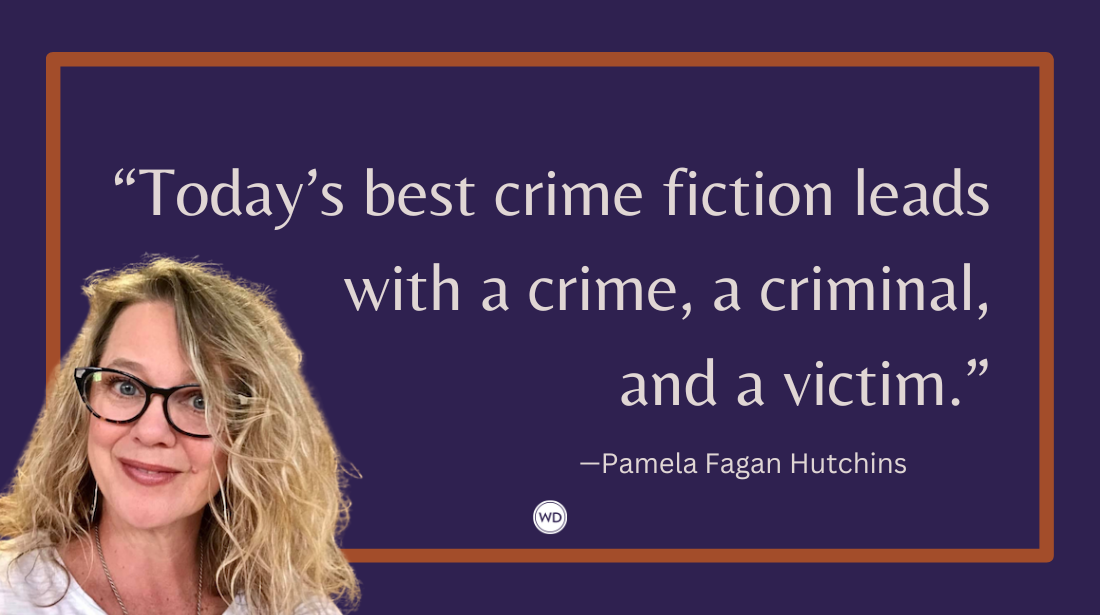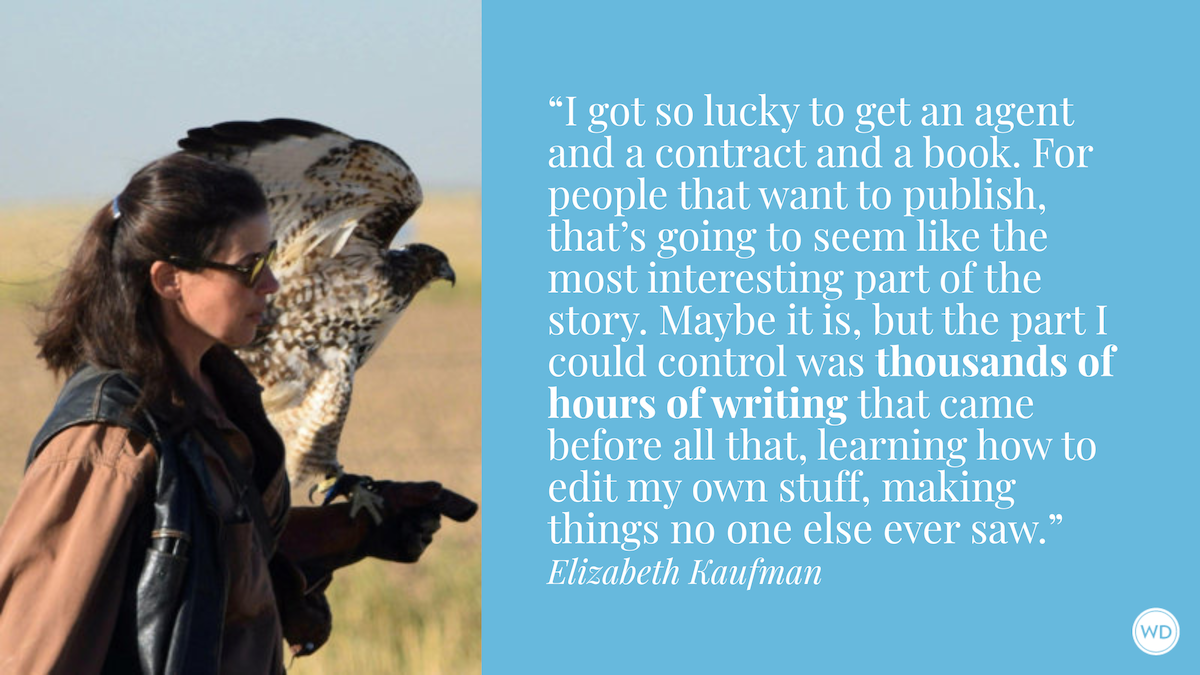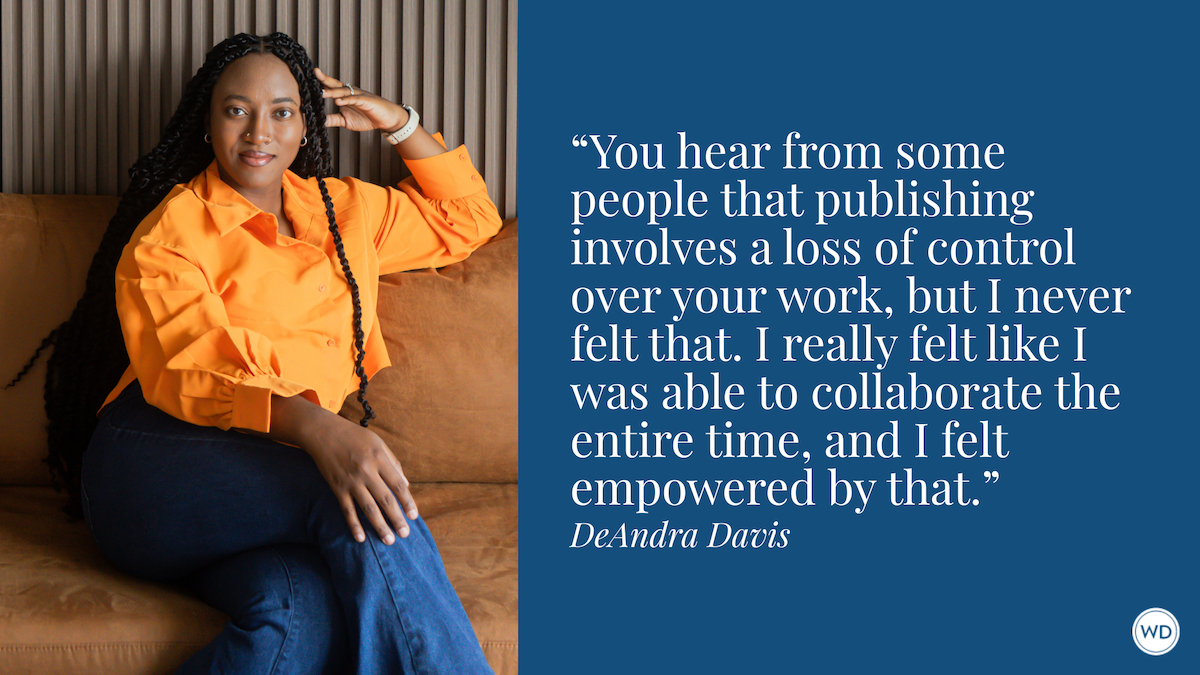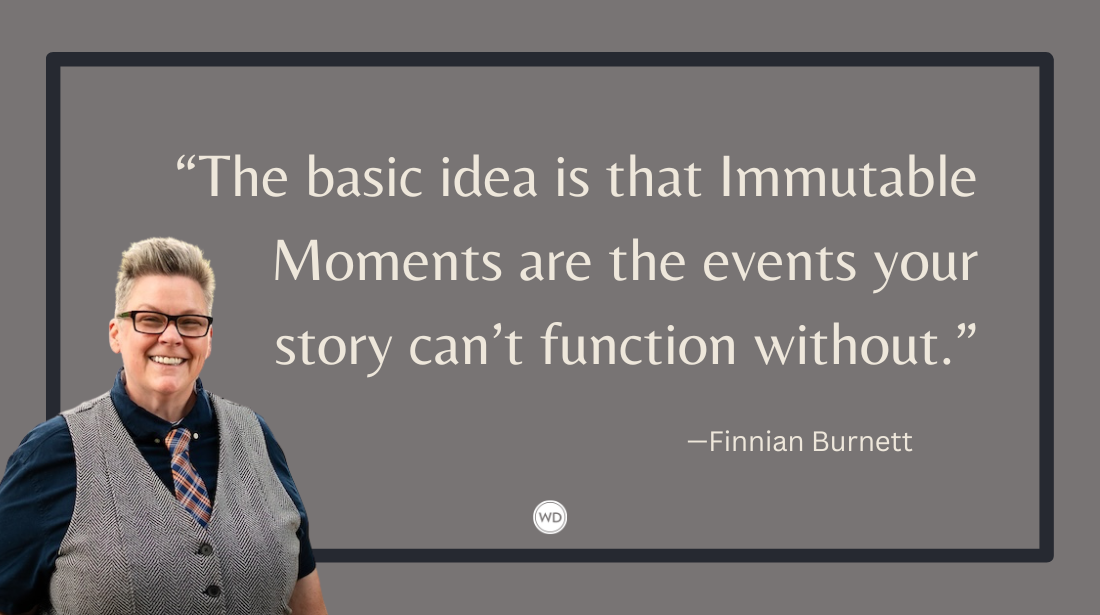Writing Mistakes Writers Make: Ending Your Story Too Soon
The Writer’s Digest team has witnessed many writing mistakes over the years, so we started this series to help identify them for other writers (along with correction strategies). This week’s writing mistake is ending your story too soon.
Everyone makes mistakes—even writers—but that's OK because each mistake is a great learning opportunity. The Writer's Digest team has witnessed many mistakes over the years, so we started this series to help identify them early in the process. Note: The mistakes in this series aren't focused on grammar rules, though we offer help in that area as well.
Rather, we're looking at bigger picture mistakes and mishaps, including the error of using too much exposition, neglecting research, or researching too much. This week's writing mistake writers make is ending your story too soon.
Writing Mistakes Writers Make: Ending Your Story Too Soon
Have you ever read a book with a really unsatisfying ending? I don’t mean stories with purposefully abrupt endings, like a diary ending due to the character death. I’m also not going to discuss books that end with a cliffhanger as a part of series. And, no, I don’t mean a book with a twist right at the end that goes against your expectations.
So what do I mean?
I’m talking about a book that has perfect pacing … until you get to the end. The conclusion might feel rushed or pushed aside in favor of getting to The End. As a reader, it always makes me feel like the writer was tired of the story and just wanted to wrap it up quickly so they could move onto something else.
When it comes to the pacing of your work, you have to give just as much love and care to the end as you do to the beginning or to the climax. Neglecting your ending will frustrate your readers and might even make them feel like they’ve wasted their time.
Mistake Fix: Understand Your Story’s Structure
If you haven’t heard of the three-act story structure, you might already know it. It’s the most popular structure for narratives in the Western world. It looks a little like this:
- Act I—Setup: Introduction, Inciting Incident, Plot Point One
- Act II—Confrontation: Rising Action, Midpoint, Plot Point Two
- Act III—Resolution: Pre-Climax, Climax, Falling Action
In Act I, we are introduced to your character and their world—this is where we will get to understand what their day-to-day is like. Then we have the inciting incident or the point where the usual becomes unusual. This is the moment when Prim is selected for the Hunger Games, Elsa hits Anna with an ice blast, and Elizabeth overhears Mr. Darcy’s negative opinion of her at the ball. Plot point one is where your character will decide to answer the call to action presented in the inciting incident—Katniss takes her sister’s place, Elsa and Anna reconnect at Elsa’s coronation, and Elizabeth’s opinion of Mr. Darcy is cemented.
Act II is where the action ramps up and will be the bulk of your plot. Rising action is where your characters will face challenges as they pursue their goal—they may overcome them or be defeated by them, but regardless, you are working to build conflict and tension. This is where Katniss trains to enter the Games, Elsa flees the kingdom while Anna chases after her, and Elizabeth rejects Mr. Darcy’s marriage proposal. The midpoint is, of course, the middle of your story. This is where something should go horribly wrong or incredibly right for your character. This is where Katniss has to choose between giving up or joining in on the violence of the Games, Anna arrives at Elsa’s ice palace, and Elizabeth reads Mr. Darcy’s letter explaining himself after her rejection. Plot point two is generally when your protagonist is down-and-out—we want to give them time to reflect on their journey and pivot their plans in some way. This is when Katniss tracks down Peeta, Anna’s hair begins to turn white while Elsa continues to fail to control her emotions, and Elizabeth realizes that she might not have been completely right about Mr. Darcy.
Act III kicks off with the pre-climax. This is where the protagonist gears up to face the antagonist—Katniss realizes that the hounds have the eyes of the tributes, forcing her to face trauma she’s been ignoring; Kristoff takes Anna back to the palace to be betrayed by Hans and Elsa is captured; Lydia elopes with Mr. Wickam, which Elizabeth believes will ruin any chance to redeem her family in Mr. Darcy’s eyes. While the pre-climax is usually comprised of several scenes, the climax itself is normally contained to a single scene. This is the do-or-die moment, the moment Katniss and Peeta outsmart the game makers, Anna sacrifices herself for her sister, and Elizabeth and Mr. Darcy affirm their feelings for each other.
Now we get to the part where a lot of writers will try and speed through—the falling action.
The falling action is where all of your loose ends will be tied up, where the protagonist (and your reader!) will be able to take a deep breath for the first time in a long time, and where you will underscore your story’s theme and fulfill the promises you made to your reader at the start of the story. Think about this as when Katniss and Peeta are taken to the hospital and then back home after being removed from the arena, when Elsa revives Anna and they reaffirm their relationship with one another (and Anna shares her kiss with Kristoff), and the Bennet’s react to Lizzy and Mr. Darcy’s engagement as well as their wedding scene. The falling action should be more than a single scene and the pace should slow from the rush-hour of the pre-climax and climax to something gentler and more thoughtful.
Again, not every single story will follow this structure, but if yours does, take another look at your falling action. It could be the difference between a story that falls short of crossing the finish line and a story that will touch your reader’s heart and give them something they will definitely remember!
Since obtaining her MFA in fiction, Moriah Richard has worked with over 100 authors to help them achieve their publication dreams. As the managing editor of Writer’s Digest magazine, she spearheads the world-building column Building Better Worlds, a 2023 Eddie & Ozzie Award winner. She also runs the Flash Fiction February Challenge on the WD blog, encouraging writers to pen one microstory a day over the course of the month and share their work with other participants. As a reader, Moriah is most interested in horror, fantasy, and romance, although she will read just about anything with a great hook.
Learn more about Moriah on her personal website.



